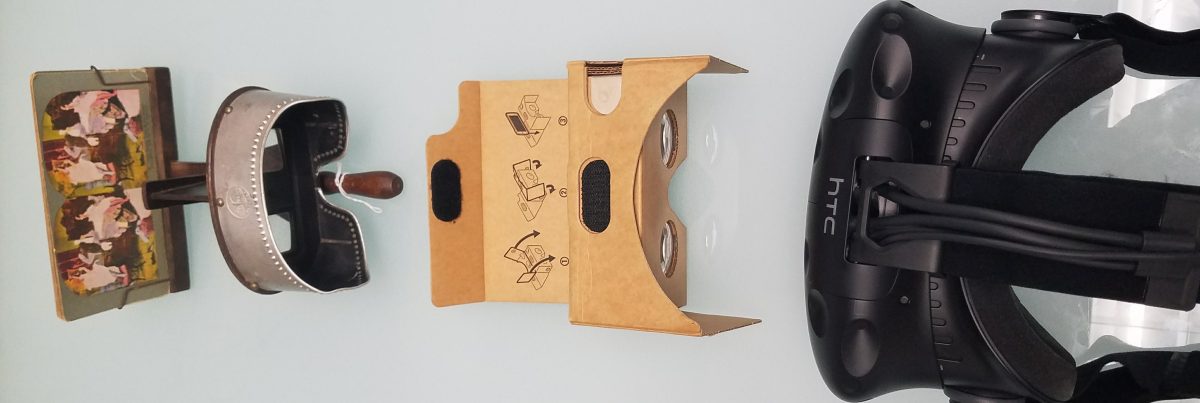“In his undead shoes” will be a Virtual Reality cinematic experience that makes the viewer see the world as the creature from the novel “Frankenstein” and go through some key moments of his life.
I would want to use this app to engage people aren’t really into Frankenstein or weren’t really captured by Frankenstein upon the first read. I would like to capture that audience to get them to reevaluate the novel and reframe their view of the novel into the perspective of the creature. Since this will be told through a different medium than the novel, it will hopefully appeal to a different audience than the book while still getting some of the themes across.
This app will use a first person perspective and place the viewer in the shoes of the creature created by Frankenstein. It will include key moments like his birth and rejection from his creator, his learning and observation of society and his exile. We will frame and shoot this in a way where it’s not explicitly known that you are Frankenstein’s monster or that this is the Frankenstein story until the end. When you are exiled, you will find your creator again and he’ll mention that you are an undead abomination he created, wholey unnatural. Then the title will appear “In his undead shoes”.
The whole point of this is to show someone what happens when society rejects you for something you can’t control and how that lack of empathy can shape you. This relies on how Mary Shelley breaks down the fact that “sympathy” is deeply rooted in seeing and visual appeal, and that when a harsh “ugliness” is introduced, society will no longer sympathize (Sympathy, Seeing and Affective Labor, Kyung Sook). Once they experience all the things that the creature experienced, that should hopefully give the audience a more clear link to the creature. We can then open a discussion about the experience, ask how it left people feeling and then reflect on some of the actions of the creature. Open ended questions can be asked like “Why did the creature constantly ask Frankenstein for a wife” and “Why did the creature kill Elizabeth?”. After reflecting on these questions, we can open a discussion about how to prevent something like this or how things like this happen in reality on a smaller, more grounded scale.
Kyung Sook, Shin. Sympathy, Seeing, and Affective Labor: Mary Shelley’s (Re-)Reading of Adam Smith in Frankenstein. 2012, http://www.kci.go.kr/kciportal/landing/article.kci?arti_id=ART001680132.
